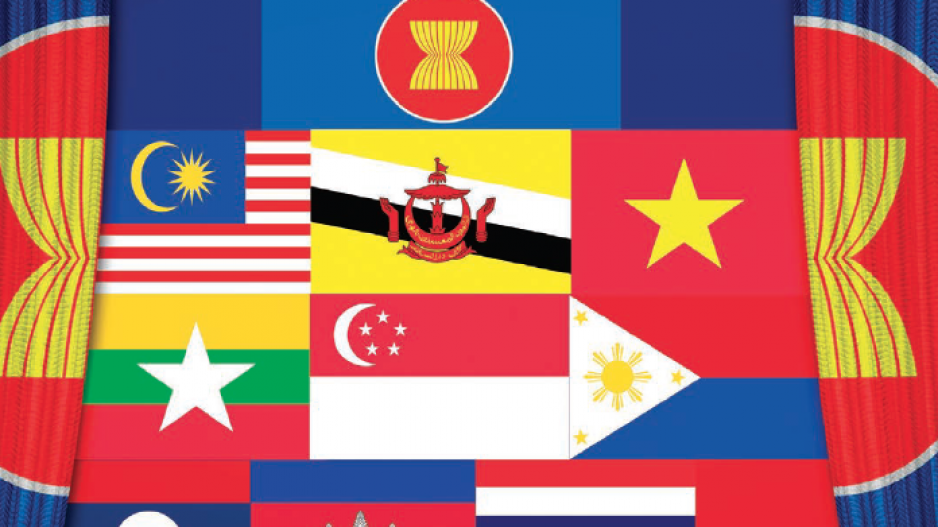Politics, economics and even the weather will pose major challenges for the 10 countries of Southeast Asia in 2016.
On the whole, though, the prospects for the countries of the Association of South East Asian Nations (ASEAN) look positive next year, not least because they are launching their own massive economic association. The ASEAN Economic Community (AEC) comes into being on January 1, 2016, and creates the world’s seventh-largest single market of 600 million people, larger than the European Union or the North American Free Trade Agreement.
AEC remains a work in progress, and no one is expecting it to rocket off the starting blocks, immediately liberating the movement of skilled workers, trade and capital across Southeast Asia. However, the birth of AEC will probably insulate the region from some of the other pressures looming in the next 12 months.
China’s continued economic deceleration and the associated hit at commodity prices and regional trade will buffet the ASEAN countries. Indonesia and Malaysia will be the main victims of China’s shrinking demand for commodities.
The prospect of rate hikes by the United States Federal Reserve is a worry that could send jitters through the ASEAN markets and trigger inflation if they happen. Then there’s the weather.
This year Southeast Asia has been suffering from drought in the southerly parts of the region, caused by the El Niño effect. In 2016, in contrast, the La Niña event is expected to bring unusually large monsoon rains, causing flooding and cutting agricultural output.
There are also some significant political events on the horizon, which, as usual, will create economic fallout.
Friction will continue with China over Beijing’s aggressive actions in the South China Sea, especially its construction of islands on which to build military bases. Beijing’s campaign has united ASEAN members who have rival claims in the South China Sea, such as the Philippines, Vietnam, Malaysia, Brunei and Indonesia. But it has put these countries at odds with ASEAN members economically and politically beholden to Beijing, such as Cambodia and Laos. These tensions could well have an effect on how easily and speedily the AEC project matures.
The Philippines is gearing up for national and local elections in May. There is likely to be a three-way race for president. All the candidates are putting forward variations of President Benigno Aquino’s “straight path” policies. This is an agenda for poverty reduction, good governance, infrastructure development, economic growth and military modernization.
The Communist Party of Vietnam is due to change its leadership, which may result in the current prime minister, Nguyen Tan Dung, becoming the party general secretary. If so, he is likely to continue the slow-but-sure privatization of state-owned enterprises and promote the use of private capital in infrastructure development.
In Burma, also known as Myanmar, the conclusive win by the opposition National League for Democracy (NLD) in parliamentary elections earlier this month will set off a slow contest for power with the military, which still controls the key levers of authority. The NLD may well try to avoid constitutional confrontations and instead put its efforts into economic reform and investment, the promotion of good governance, attracting foreign investment, cutting bureaucratic impediments to commerce and building bureaucratic capacity.
The military will remain in power in Thailand and nothing much can be expected to happen there until worries around the royal succession are resolved.
In all, the growth prospects for ASEAN economies in 2016 look reasonably strong. Oil producer Brunei will continue to suffer from depressed world prices, but the most upwardly mobile ASEAN countries – Laos, Cambodia, Burma and Vietnam – can look forward to growth rates in the 6.5% to 8% range. Malaysia and Thailand can expect growth of 4.6% and 3.5%, respectively, despite political uncertainties. Exports and investment are expected to recover in Singapore, driving growth of 2.7%, and Indonesia is on track for a 5.3% increase in domestic product.•
Jonathan Manthorpe ([email protected]) has been an international affairs columnist for nearly 40 years.




